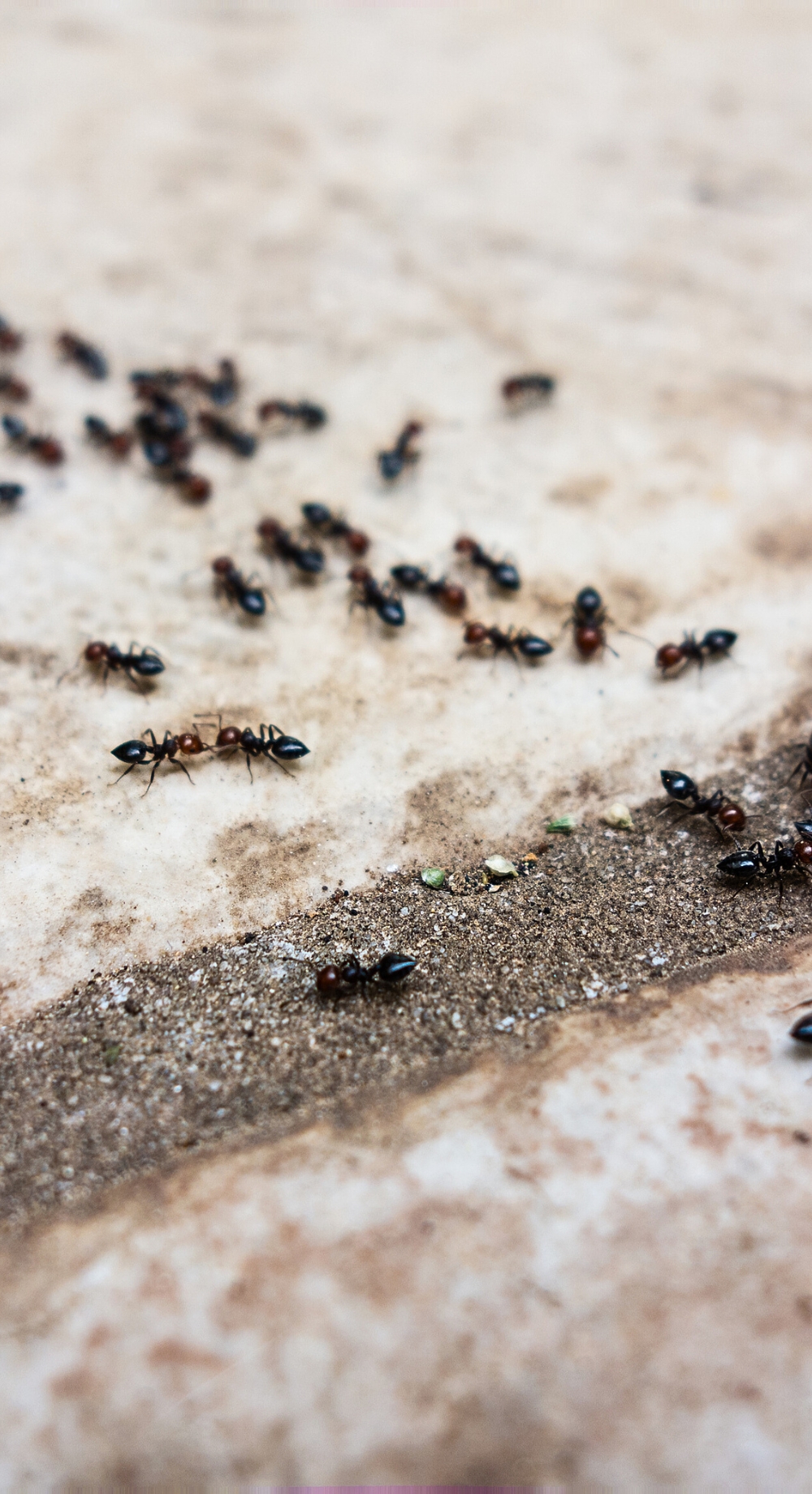Experience relaxation and peace in your Grapevine backyard with our proven mosquito control solution. Trusted by families in Grapevine, our innovative approach not only repels mosquitoes but also establishes a durable barrier customized to your outdoor environment. Mosquito Shield of North DFW is dedicated to creating mosquito-free zones, so you can enjoy your outdoor spaces without interruption.
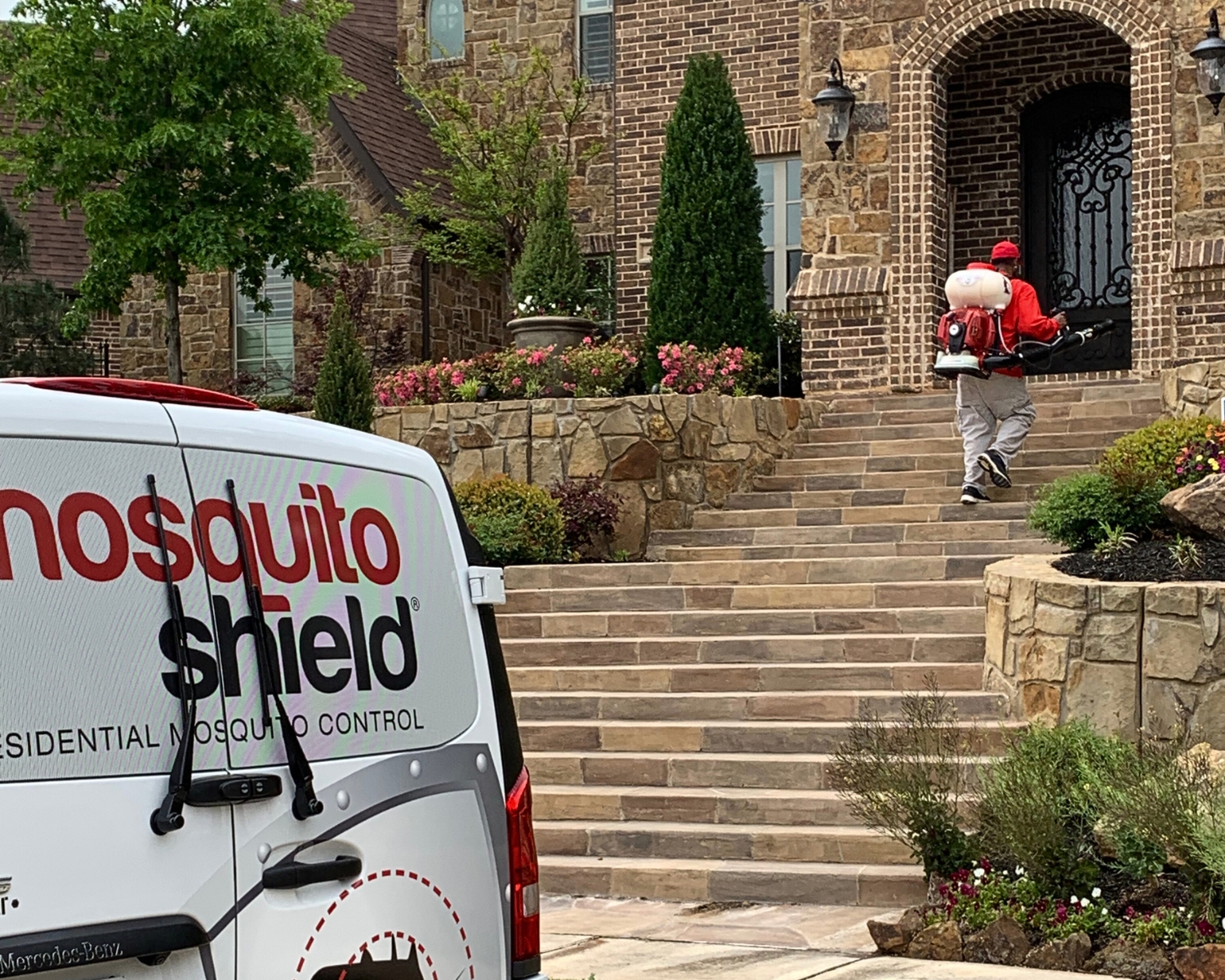
Effective mosquito control in Grapevine, TX that drives mosquitoes away and keeps them out of your yard.

Enjoy mosquito-free outdoor time in Grapevine with treatments designed to provide lasting results.

Highly rated mosquito control services in Grapevine, trusted by residents to enhance outdoor living.

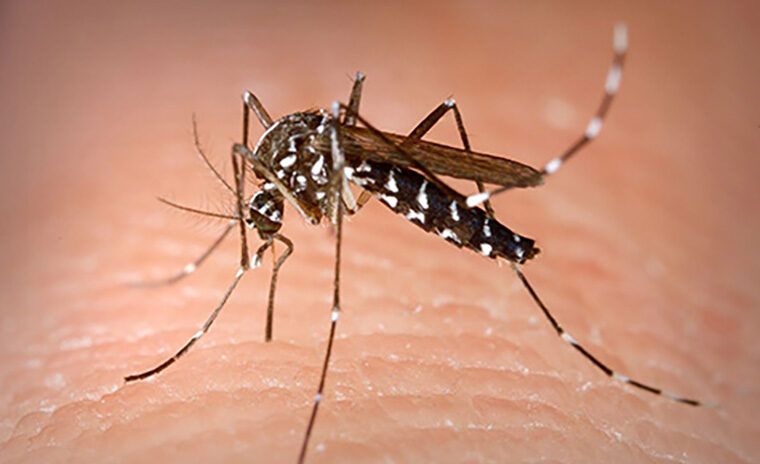
Identification: Small, black mosquito with white leg stripes and a lyre-shaped marking on its thorax. Habitat: Widespread in residential neighborhoods across North Dallas and Fort Worth suburbs; breeds in containers like toys, flowerpots, birdbaths, and clogged gutters. Behavior: Aggressive daytime biter, preferring humans. Health Risks: Known carrier of Zika virus, dengue, and chikungunya.
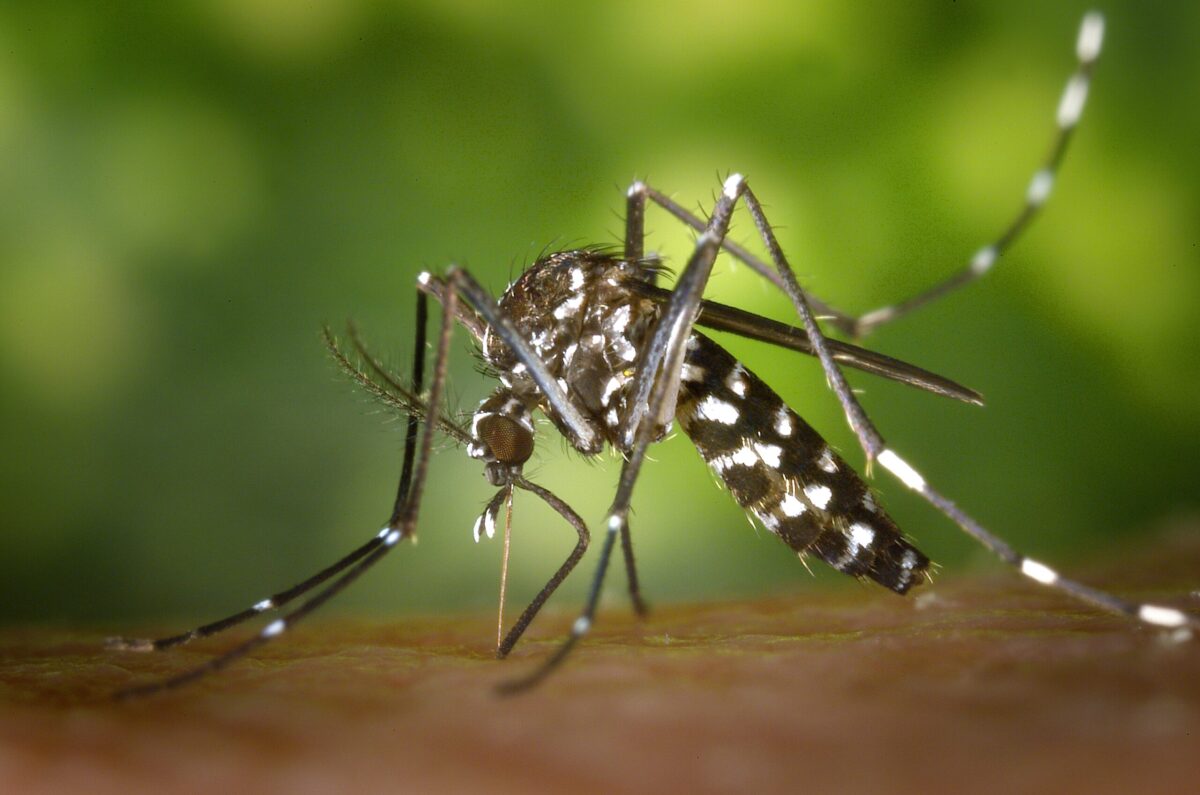
Identification: Dark body with a bright white stripe down the back and banded legs. Habitat: Common around shaded suburban yards, greenbelts, and park areas from Plano to Grapevine. Breeds in small water-filled items. Behavior: Most active during the day, especially targeting ankles and lower legs. Health Risks: Can transmit West Nile, Zika, and dengue viruses.
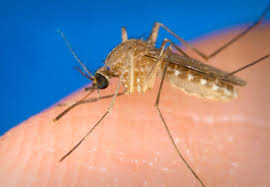
Identification: Light brown body with darker bands across the abdomen. Habitat: Found in storm drains, ditches, retention ponds, and neglected swimming pools throughout North DFW. Behavior: Nighttime biter; often enters homes seeking blood meals. Health Risks: Primary vector of West Nile virus in North Texas.
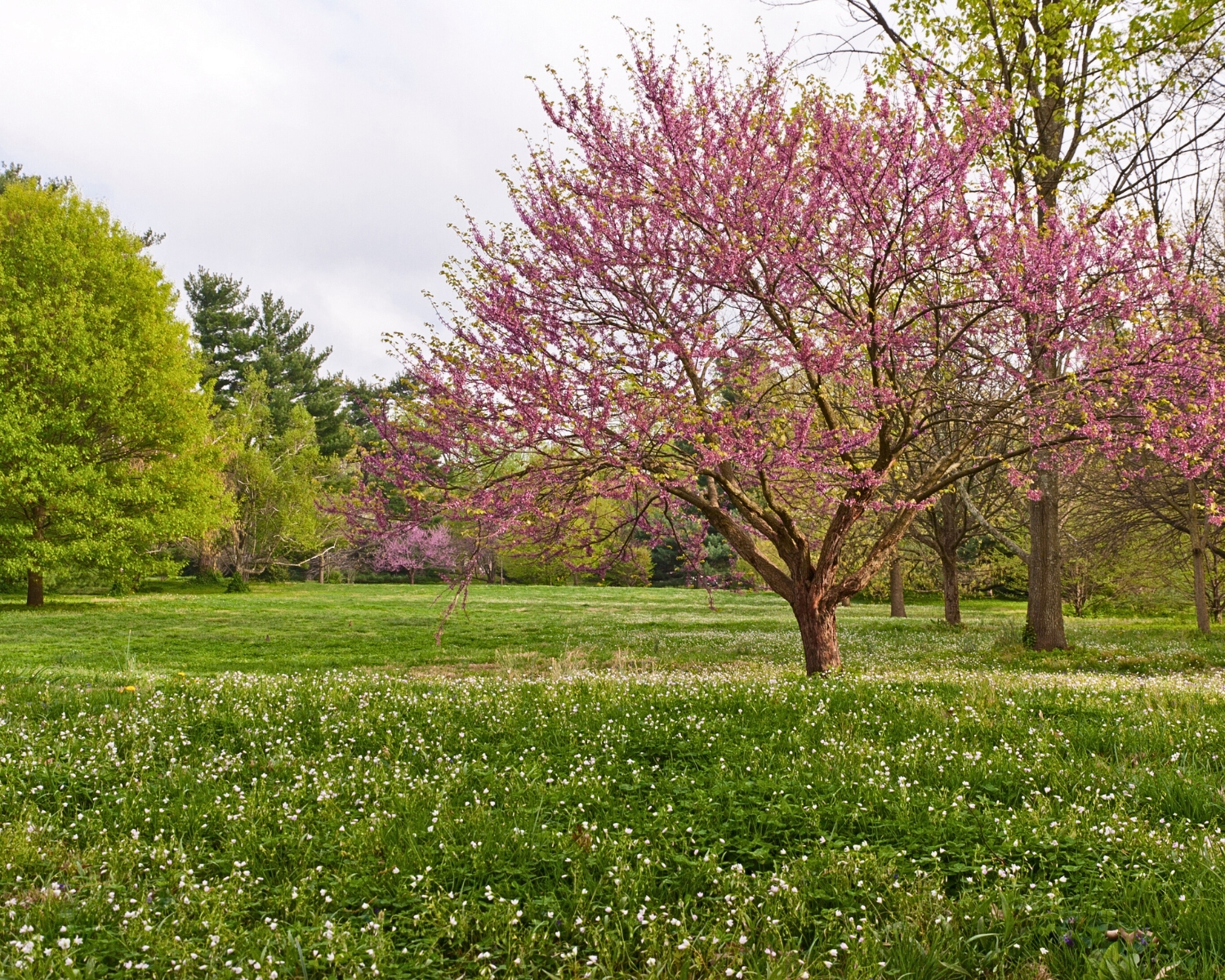
Key Activity: Mosquito season begins with rising temps and frequent spring thunderstorms. Breeding: Standing water from heavy rains and irrigation creates perfect breeding pockets. Common Species Active: Aedes aegypti and Culex quinquefasciatus. Behavior: Evening bites increase steadily, with activity surging after rain.

Key Activity: Peak mosquito season—extreme heat mixed with humidity makes for explosive breeding cycles. Breeding: Any water source—gutters, birdbaths, low-lying lawns, and storm drains—hosts larvae. Common Species Active: Aedes albopictus, Aedes aegypti, and Culex quinquefasciatus. Behavior: Heavy biting pressure day and night; outdoor activities are difficult without treatment.

Key Activity: Activity begins tapering but remains strong through warm October days. Breeding: Yard runoff and rainfall keep mosquitoes active in neighborhood greenbelts and low-lying areas. Common Species Active: Culex and Aedes species. Behavior: Bites are common at dusk, especially in wooded or shaded areas.

Key Activity: Activity drops sharply but does not fully disappear during mild Texas winters. Eggs: Aedes eggs survive in dry containers, waiting for the next warm spell. Adults: Some Culex mosquitoes overwinter in sheds, crawlspaces, and garages. Behavior: Mosquitoes may appear during warm snaps, especially after rain.
Grapevine, Texas, is a picturesque city in Tarrant County, celebrated for its historic downtown, renowned wineries, and vibrant community events. Nestled between Dallas and Fort Worth, Grapevine offers residents and visitors a blend of small-town charm and urban amenities, with access to outdoor attractions like Lake Grapevine, the Botanical Gardens at Heritage Park, and the Grapevine Vintage Railroad. However, the city’s warm climate, abundant water sources, and lush greenery create favorable conditions for mosquito and tick activity, particularly during the warmer months.
Grapevine’s proximity to bodies of water, dense vegetation, and residential landscaping provides an environment where mosquito populations can thrive without regular control measures.
Residents of Grapevine face seasonal risks from mosquito-borne illnesses such as West Nile Virus and Zika Virus, as well as tick-borne diseases like Lyme disease and Rocky Mountain Spotted Fever. These health concerns underscore the importance of consistent mosquito and tick management, especially in areas frequented for outdoor activities.
To combat these challenges, Grapevine encourages preventive strategies, including:
Eliminating standing water in containers, gutters, and other areas where mosquitoes can breed.
As a trusted mosquito control provider, we collaborate with Grapevine homeowners and property managers to deliver targeted treatments and effective prevention strategies. Regular professional pest control services, combined with proactive community efforts, help maintain the high quality of life that Grapevine residents cherish.

Grapevine’s hot, humid summers and mild winters contribute to extended periods of mosquito and tick activity. Standing water from rainfall or irrigation can serve as breeding grounds for mosquitoes, while ticks are most active during the spring and fall, particularly in wooded areas, tall grasses, and unmaintained landscapes. Even during cooler months, occasional warm spells can lead to unexpected pest activity, highlighting the need for year-round vigilance.
Mosquitoes and Proximity to Water Features: Areas near Lake Grapevine, ponds, and stormwater retention basins are prone to increased mosquito activity during warmer months.
Ticks and Dense Vegetation: Wooded trails, overgrown yards, and shaded parks provide ideal habitats for ticks during their peak seasons.

What Attracts Them?
Flowering plants and fruit trees
Sugary drinks left outside
Gutter debris or exposed wood on siding
Why They’re a Problem:
Aggressive if threatened
Painful stings (especially near nesting sites)
Some species build nests in wall voids or eaves
Where We Find Them:
Under eaves, porches, and rooflines
In sheds, garages, and playground equipment
Burrowed in the ground in open yards
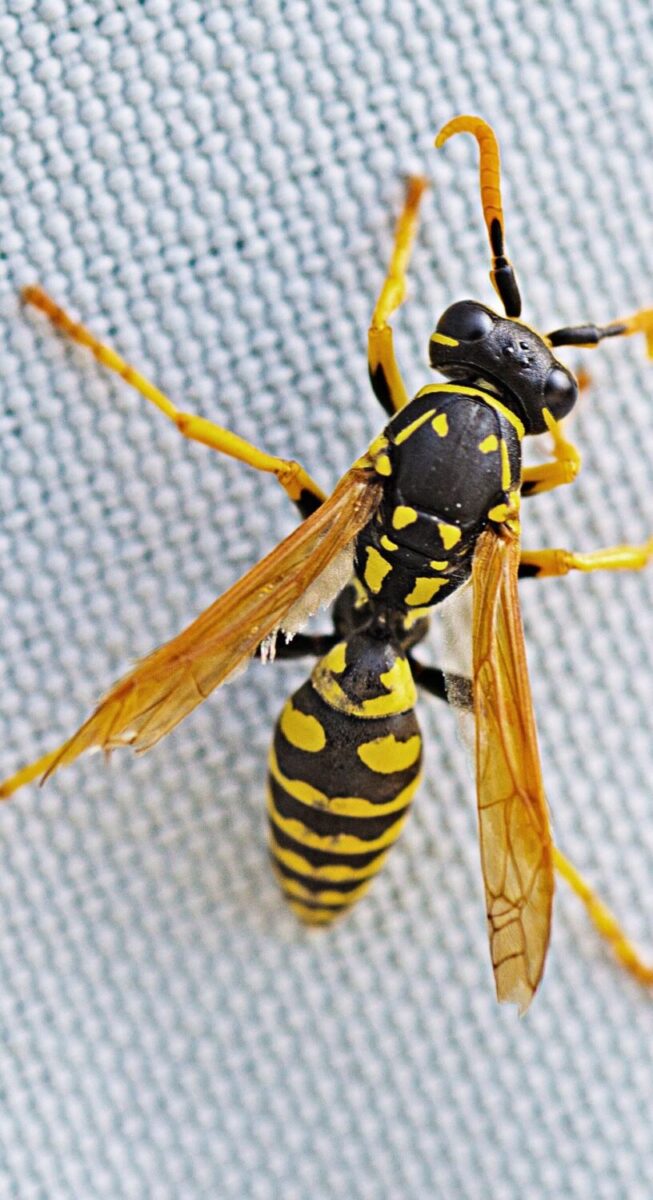
What Attracts Them?
Trash bins, compost, and pet waste
Open food in kitchens or outdoor patios
Clogged drains or standing water
Why They’re a Problem:
Carry bacteria and pathogens
Lay eggs rapidly (up to 500 in a lifetime!)
Disrupt outdoor gatherings and food prep
Where We Find Them:
Kitchens, bathrooms, and drains
Near trash areas and dumpsters
Around pet feeding stations or kennels
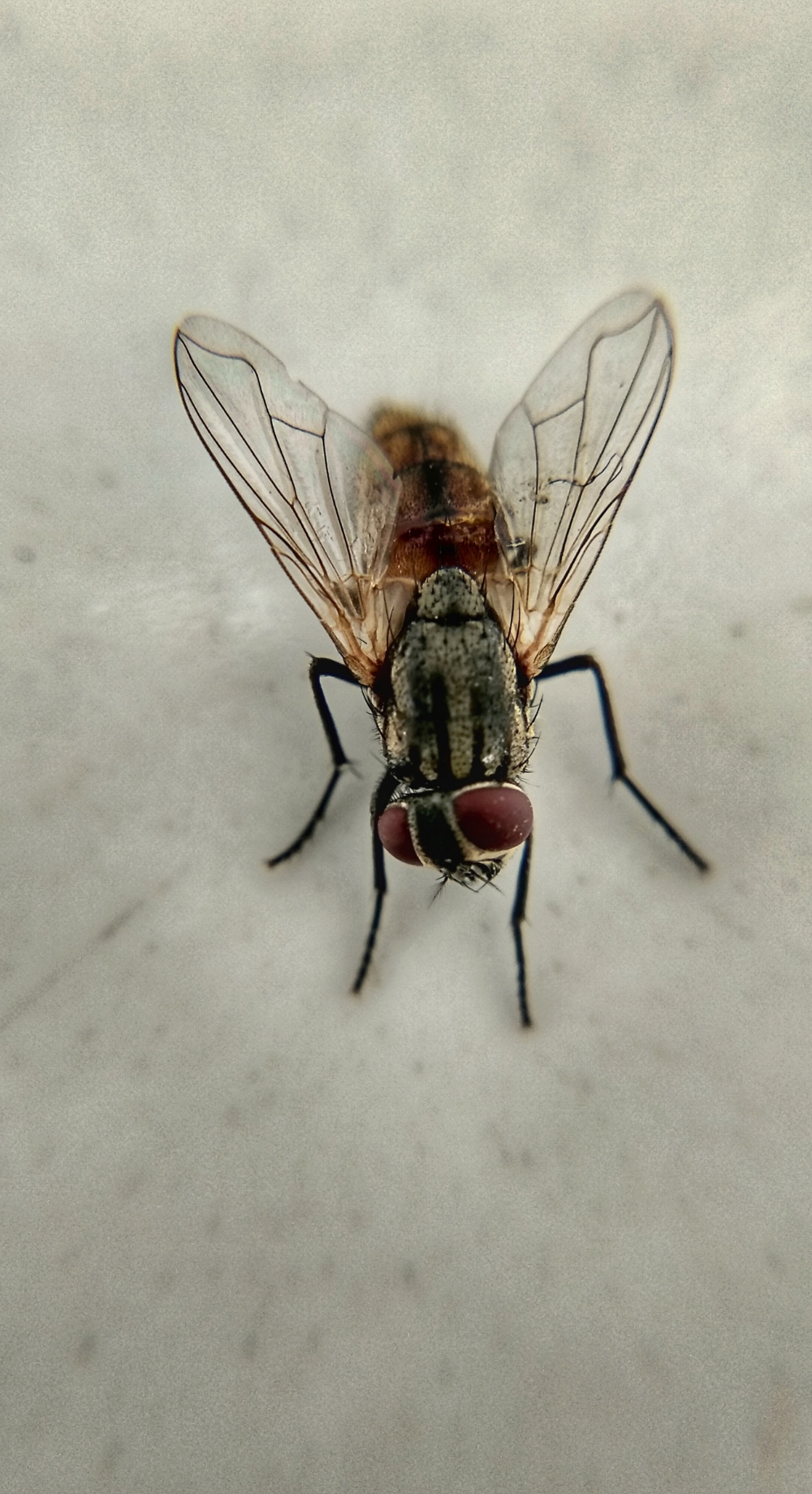
What Attracts Them?
Leftover food, especially sweets and proteins
Moisture from leaks, gutters, or AC units
Mulch beds, stone walkways, and pavement cracks
Why They’re a Problem:
Carpenter ants can damage wood structures
Fire ants deliver painful, venomous stings
Odorous house ants invade pantries and kitchens
Where We Find Them:
Along baseboards, window sills, and doorframes
In yard mounds or landscaping features
Under appliances and near plumbing
